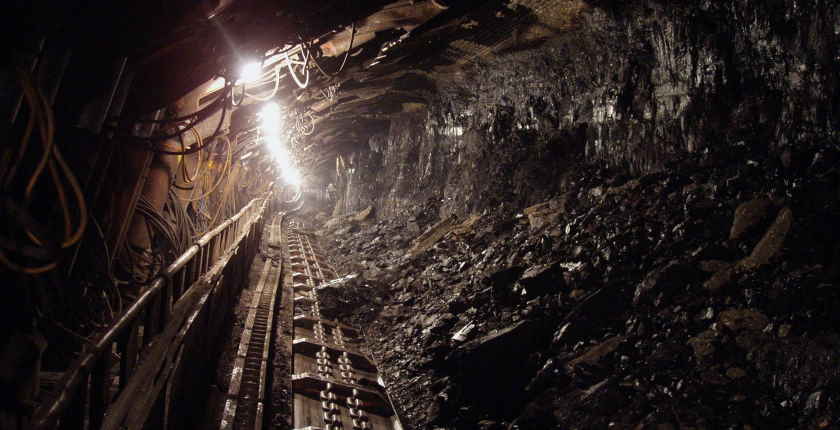
Photo: hangela from Pixabay
The draft environmental impact assessment for the coal phaseout strategy estimates the fastest coal phaseout proposed – by 2033, to be the one with the lowest negative impact on the environment in the Savinjsko-Šaleška region.
Slovenia is in the process of preparing its national strategy for a coal phaseout and the restructuring of coal regions in line with the just transition principles which will be in accordance with the national energy and climate plan (NECP). NECP targets achieving climate neutrality by 2050, as proclaimed by the European Union.
The Ministry of Infrastructure has announced that the draft EIA for the coal phaseout strategy, defining the year when the country will cease the use of coal, has been finished. The country has two coal regions: Savinjsko-Šaleška (SAŠA) and Zasavje.
The draft EIA, prepared by the consortium led by Elektroinštitut Milan Vidmar, has examined the impact of the strategy’s three scenarios.
In the Savinjsko-Šaleška region, an ambitious scenario (coal exit by 2033) would have the least negative impact
In the SAŠA region, the ambitious scenario, with a coal exit by 2033, would have the least negative impact due to a faster coal phaseout, followed by a financially sustainable scenario (coal exit by 2038), while the largest negative impact will occur if the flexible scenario (coal exit by 2042) is implemented.
The only operational coal-fired power plant in Slovenia – Termoelektrarna Šoštanj (TEŠ), is located in the SAŠA region, as is the Premogovnik Velenje mine.
In the Zasavje region, the differences in the impact of the three scenarios are not so distinctive and unambiguous. The region has two coal mines – Trbovlje and Hrastnik, and one power plant – Trbovlje, which have been all closed.
The Ministry of the Environment and Spatial Planning will review the draft EIA
According to the draft EIA, climate factors would deteriorate if the strategy is not implemented.
The draft EIA proposes mitigation measures and other recommendations to be included in the strategy in order to strengthen the positive effects and reduce the negative impacts of its implementation on the environment, nature, human health and cultural heritage, the Ministry of Infrastructure said on its website.
The Ministry of the Environment and Spatial Planning is due to reply within 30 days. If it gives a green light, a public discussion of the strategy and the EIA will follow. Otherwise, the Ministry of Infrastructure and the consortium which prepared EIA will amend the document.









Be the first one to comment on this article.